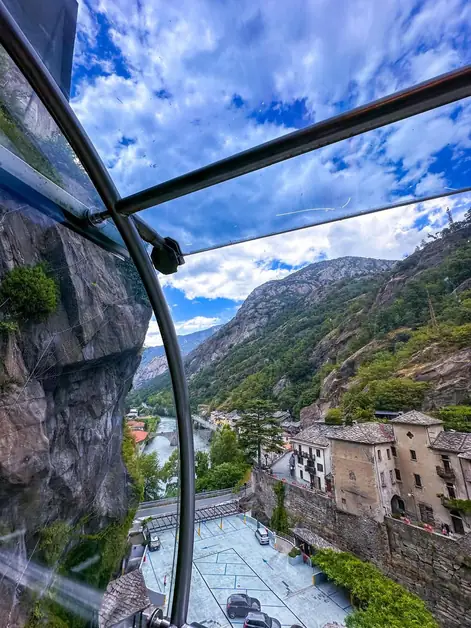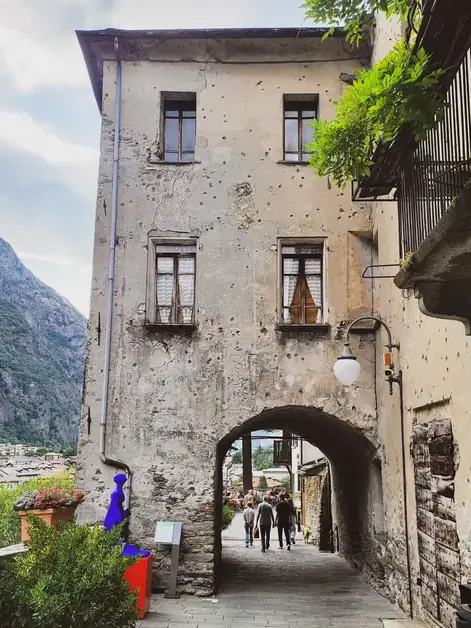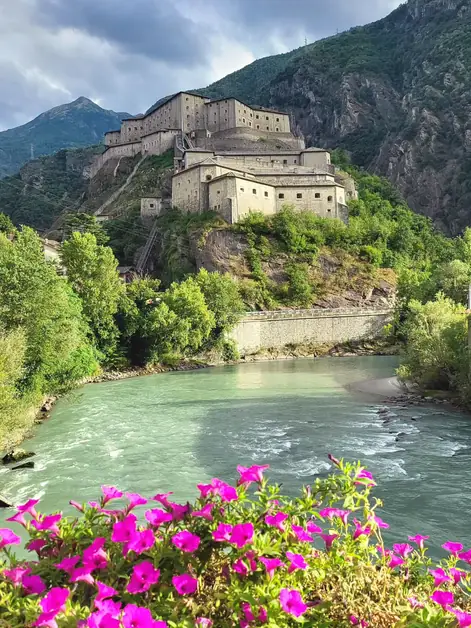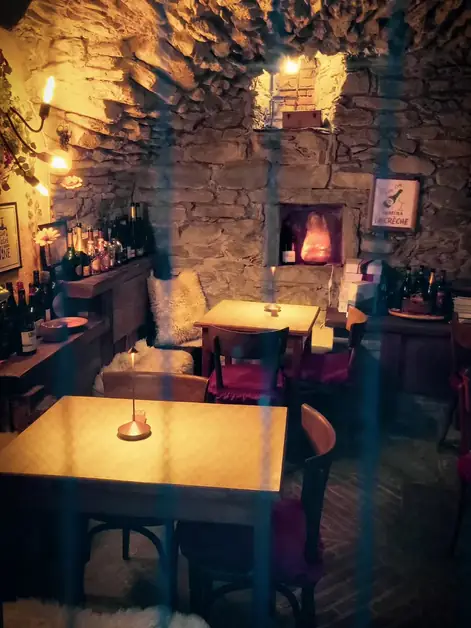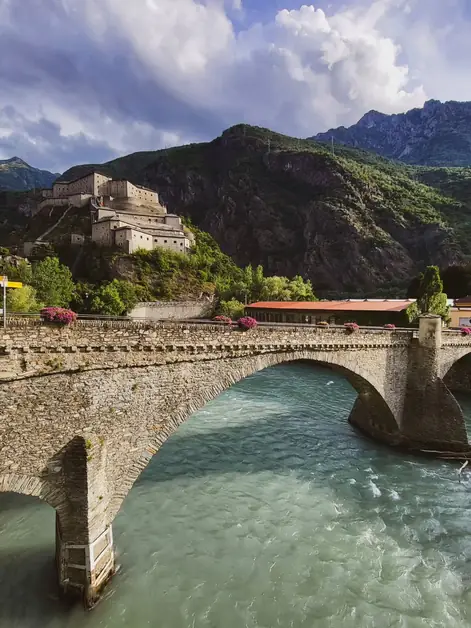Explore the Magic of Sant'Orso Crypt in Aosta
Discover the Sant'Orso Crypt in Aosta, a place rich in history and beauty.
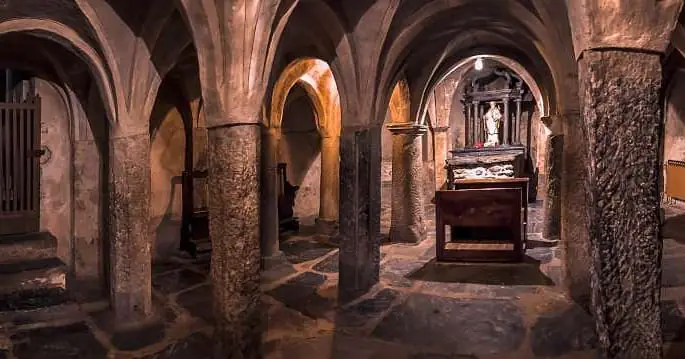
Where is the Sant'Orso Crypt located in Aosta?
The Sant'Orso Crypt is located beneath the Collegiate Church of Saints Peter and Orso, in the historic center of Aosta. The main entrance is in Piazza Sant'Orso, just a few minutes' walk from the Arch of Augustus and other attractions in the city. It is an area easily reachable for those visiting Aosta for the day.
How to reach the Sant'Orso Crypt by car?
Those traveling by car can exit the A5 motorway at the Aosta Est tollbooth and follow the signs to the center. The area around the collegiate does not have parking immediately adjacent, as it is located within the historic center. It is advisable to leave the car in paid parking in Piazza Arco d'Augusto or Piazza Giovanni XXIII, which are about 5-10 minutes' walk from the church.
Is it possible to reach the Sant'Orso Crypt by public transport?
Yes, the crypt is conveniently accessible by public transport. The Aosta train and bus station is about a 15-minute walk away. For those who prefer not to walk, there are urban buses that connect the station with the historic center. The nearest stops are located along Viale Federico Chabod.
What is the history of the Sant'Orso Crypt?
The crypt dates back to the 11th century, during the time of Bishop Anselmo I. Before the construction of the collegiate, the area was a Roman necropolis. In the following centuries, a Carolingian basilica was built, which was later expanded. The crypt is thus one of the oldest spaces in the entire religious complex of Sant'Orso, a true bridge between the Roman era and the Middle Ages.
How is the Sant'Orso Crypt structured?
The crypt is divided into five naves that end in three semicircular apses. It is supported by numerous columns, some of which are elements of Roman recovery, such as an ancient milestone. This mix of ancient and medieval elements creates a suggestive and unique atmosphere.
What can be seen inside the Sant'Orso Crypt?
Inside, one immediately notices the forest of columns that supports the vaults. In front of the altar is a statue of Sant'Orso, the patron saint of the collegiate. In the past, beneath the altar, there was a small sacred passage: the faithful would crawl through it on their knees on the feast day to seek protection from diseases and pains. This popular tradition adds charm to the visit.
What other parts of the complex can be visited besides the Sant'Orso Crypt?
The monumental complex of Sant'Orso includes several interesting environments. The medieval cloister, with sculpted capitals depicting biblical scenes, is one of the jewels of Romanesque art in the Aosta Valley. In the attic of the church, there are also Carolingian frescoes, visitable only with a guide. Next to it stands the Chapel of the Priory, decorated with Gothic paintings.
What are the visiting hours of the Sant'Orso Crypt in Aosta?
The crypt follows the same hours as the complex: April - September: every day from 9:00 AM to 7:00 PM. October - March: reduced hours, closing between 5:00 PM and 6:00 PM. Guided tours of the cloister, attic, and chapel are generally scheduled at 11:00 AM and 4:00 PM from April to October, and at 11:00 AM and 3:00 PM in the winter months.
How much does it cost to enter the Sant'Orso Crypt?
Entrance to the crypt and cloister requires a single ticket. Prices may vary slightly depending on the season, but remain affordable. It is also possible to purchase cumulative packages to visit more monuments in Aosta, such as the Roman theater or the regional archaeological museum.
Are there accessibility difficulties for those visiting the Sant'Orso Crypt?
As a medieval underground structure, the crypt has stairs and uneven floors. Accessibility is not always easy for people with reduced mobility, although the collegiate staff provides assistance when possible. For those wanting to explore it best, comfortable footwear is recommended.
What is the best time to visit the Sant'Orso Crypt?
The crypt can be visited in any season. In summer, it offers a cool and sheltered environment, while in winter it represents a perfect cultural stop for those wanting to combine a visit to Aosta with skiing in the nearby areas of the Aosta Valley.
